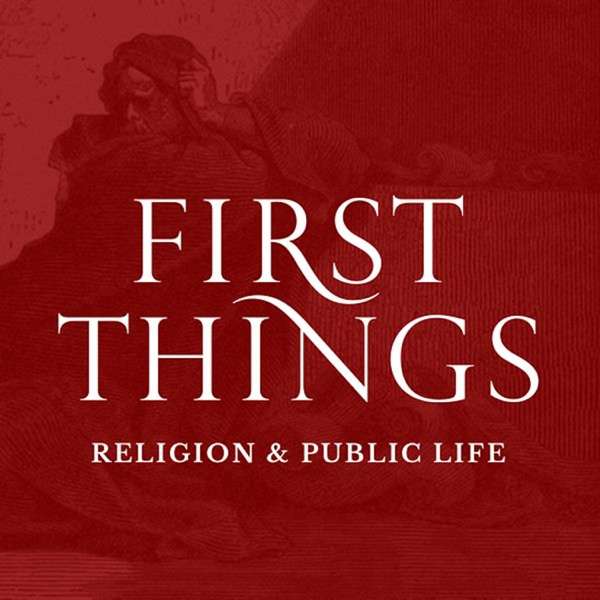Big headline this week from the Department of Homeland Security: Secretary Kristi Noem says assaults on ICE officers have surged by 1,000 percent as teams step up arrests of violent offenders, highlighting a series of nationwide operations that took down individuals convicted of attempted murder, manslaughter, aggravated sexual assault of a minor, and major drug trafficking, according to DHS news releases dated August 7 and 9. DHS quotes Secretary Noem: Our brave ICE law enforcement are now facing a 1000% increase in assaults against them as they risk their lives to arrest the worst of the worst criminal illegal aliens. We will not let this violence stop us. Source: DHS.gov newsroom, ICE arrest updates, August 7–9.
Policy and implementation updates include the ongoing rollback of “protected areas” limits first rescinded in January, meaning ICE and CBP now rely on officer discretion rather than a blanket list of off-limits sites such as schools or hospitals. Source: DHS memo summary via NAFSA, January 21 update. DHS also continues post–January 20 executive actions on border enforcement and resource deployment, with directives emphasizing expanded enforcement and revisions to prior strategies. Source: Cozen O’Connor analysis of January 20 executive orders and DHS directives.
New initiatives: DHS launched a major ICE recruitment drive and, this week, removed the age cap for new ICE applicants, citing more than 80,000 applications in under a week and offering incentives like up to a 50,000 dollar signing bonus, loan repayment, LEAP and AUI overtime, and enhanced retirement. Secretary Noem: We are ending the age cap for ICE law enforcement. Apply at join dot ice dot gov. Source: DHS.gov announcement, August 6.
Leadership and organizational notes: At USCIS, the Senate confirmed Joseph B. Edlow as Director in July, and the agency reports assistance in investigations leading to arrests tied to destabilization in Haiti, as well as uncovering a U visa fraud scheme resulting in federal indictments. Source: USCIS newsroom updates, July–August.
Enforcement and regulatory actions this week centered on ICE field operations across Buffalo, Houston, Newark, Dallas, and more, with named arrests tied to convictions for attempted murder, manslaughter, aggravated assault, trafficking cocaine, and sexual offenses against minors. Source: DHS.gov ICE arrest releases, August 7–9.
What it means for Americans: Citizens can expect more visible enforcement operations and recruitment messaging, with DHS pointing to public safety impacts from removing high-risk offenders. Businesses and organizations should anticipate continued worksite and document-fraud scrutiny, alongside potential hiring pipeline opportunities from expanded federal law enforcement recruitment. State and local governments may see deeper coordination requests and joint operations, especially where jurisdictions have sanctuary policies that DHS publicly criticizes as fueling risks to officers. Internationally, tighter enforcement and USCIS-led integrity actions could affect cross-border flows, refugee processing timelines, and cooperation with partners on transnational crime. Sources: DHS.gov releases August 6–9; USCIS newsroom; Cozen O’Connor executive order summary.
Data points to watch: the stated 1,000 percent rise in assaults on ICE officers; recruitment surge above 80,000 applications in the first week; and case outcomes from USCIS integrity investigations. For broader context, DHS’s Homeland Threat Assessment 2025 outlines sustained risks from transnational crime, cyber threats, and terrorism that underpin the current enforcement posture. Source: DHS Homeland Threat Assessment 2025.
Timeline and how to engage: ICE’s no-age-limit hiring is open now at join dot ice dot gov, with medical, drug screening, and fitness testing required. Communities can attend local DHS and law enforcement briefings when posted, submit public comments on future rules when dockets open, and report tips via established DHS and ICE channels. Sources: DHS.gov August 6 announcement; USCIS newsroom.
Next up, watch for additional DHS weekly enforcement tallies, any budget execution details tied to the One Big Beautiful Bill incentives for ICE hiring, and forthcoming USCIS integrity reports. For more, visit DHS.gov/news and the USCIS newsroom. Thanks for tuning in, and don’t forget to subscribe. This has been a quiet please production, for more check out quiet please dot ai.
For more http://www.quietplease.ai
Get the best deals https://amzn.to/3ODvOta
This content was created in partnership and with the help of Artificial Intelligence AI

 Our TOPPODCAST Picks
Our TOPPODCAST Picks  Stay Connected
Stay Connected







